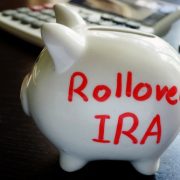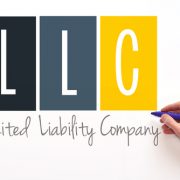What Exactly are Self-Directed IRA Alternative Asset Classes?
You may have heard us talk about investing in “alternative asset classes” if you’ve followed the American IRA blog long enough. You know that an investor with a Self-Directed IRA can move outside of the traditional arrangements of an employee-sponsored plan and do something more independent with their retirement portfolio. However, have you ever stopped to think about what exactly this means? Many people are familiar with alternative asset classes like real estate, but Self-Directed IRAs can go much deeper than that. With that in mind, let’s explore some of these asset classes and explain what they are.
- Real estate: One of the most popular alternative asset classes, real estate is powerful because it gives retirement investors the capacity to invest in passive income during retirement. This provides investors with the ability to continue to earn money even after hitting retirement age and stopping their primary income source, which for most people is a traditional salaried job. Real estate is also a great way to diversify out of the stock market and buy something of which there is a limited supply: land.
- Precious metals: Precious metals enjoy a solid reputation among retirement investors because of their long history. Gold and silver have been used as currency for thousands of years—in fact, it’s only recently that they’ve lost their reserve status. However, that doesn’t mean that the two precious metals (and other precious metals) have lost their value. If anything, their value has increased. Many investors like to use gold and silver to hedge against potential economic calamities; if all else fails, there’s still value in physical gold and silver.
- Private companies: Investing in private stock can be one of the most aggressive ways to invest because it has the potential to create such abundant returns. Of course, not every company is going to be the next Google or Apple. It’s up to the investor to spot the opportunities that arise. Investors can also invest in Single Member LLCs to exercise “checkbook control” within a Self-Directed IRA, adding to the flexibility of their account.
- Tax lien investing: You might think of this as an offshoot of real estate investing, except it’s defined by buying up the tax lien on a property. It’s possible for investors to potentially take over that property if the owner is unable to make payments. This kind of investing can vary from state to state, depending on the rules of each individual state, which can put caps on the amount of interest that a tax lien is able to generate for the holder.
- Joint ventures and partnerships: In any enterprise, it may be helpful to team up with someone else. This helps an investor not only explore a new avenue but can ultimately help that investor with one side of the investment that they weren’t familiar with. Joint ventures and partnerships are investments that can serve the investor while providing some degree of diversification within their portfolio.
On top of that, you should know that there are also traditional investment options available, such as using a Self-Directed IRA for a brokerage account! This means that you’re not limited to alternative asset classes; you’re simply able to choose from more options. That’s one reason so many people use Self-Directed IRAs; they know that their freedoms are enhanced when they use one, but they can still build a conservative portfolio of traditional retirement assets if they so desire. It will be up to you.
Interested in learning more about Self-Directed IRAs? Contact American IRA, LLC at 866-7500-IRA (472) for a free consultation. Download our free guides or visit us online at www.AmericanIRA.com.







